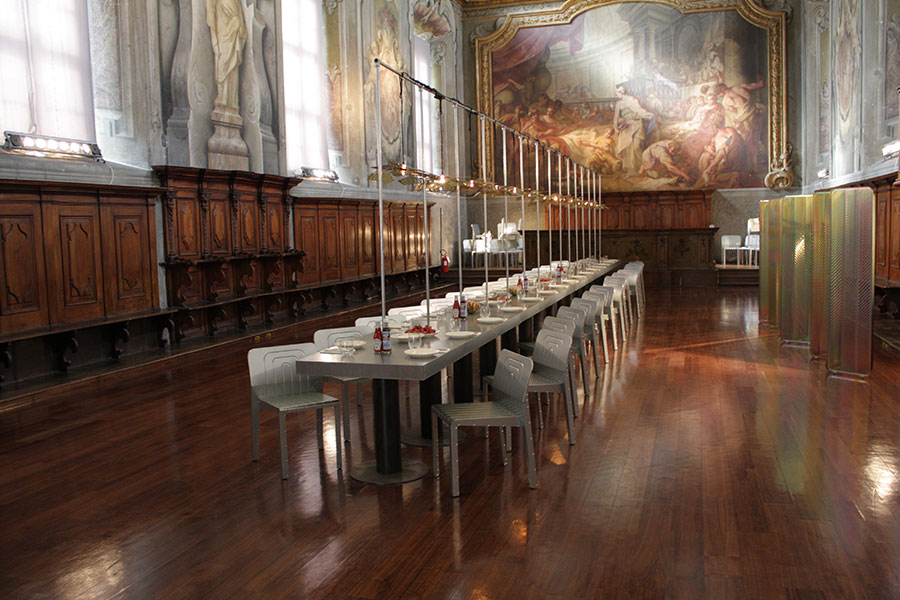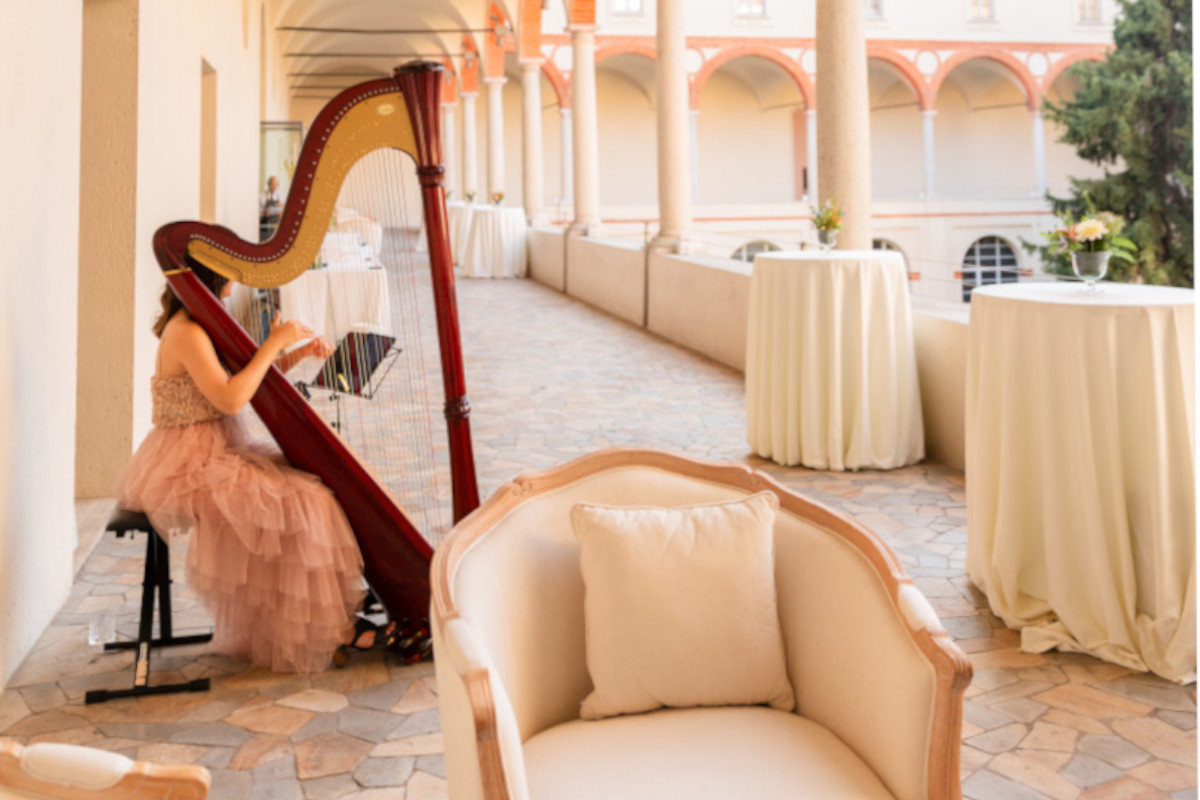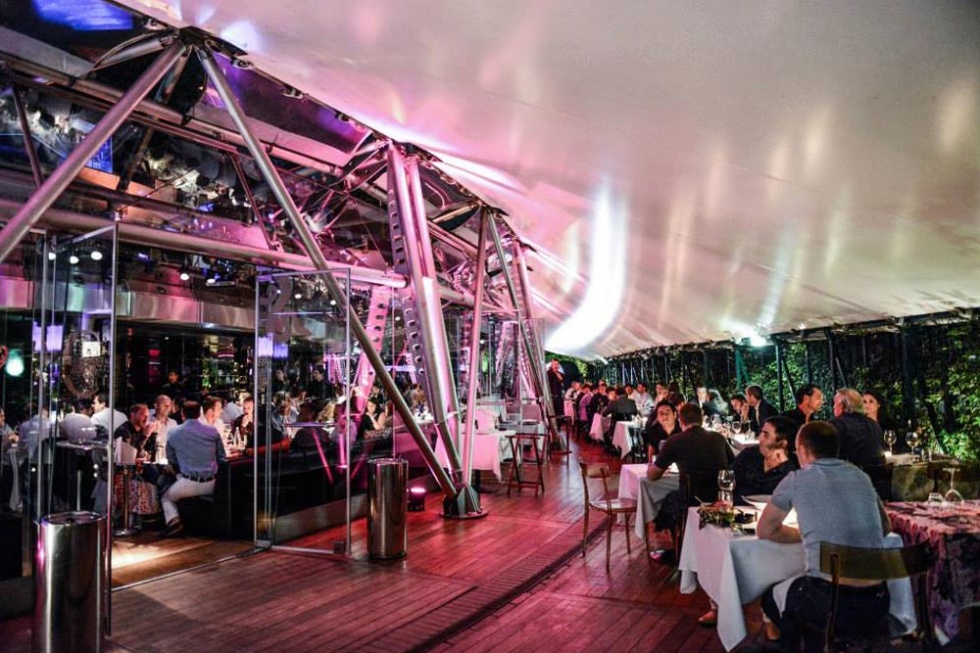How events and locations have changed with the rise of social media
The digital era has reshaped spaces and events, which are no longer designed just for the people who attend them — they are created for the audience online as well.
The evolution of the event industry in the digital era has also redefined the way spaces are curated, selected, and shared. Where once practicality and capacity were the key drivers behind location choices, now aesthetics and shareability have taken centre stage. Social media platforms like Instagram, TikTok and Pinterest have introduced a new visual language that directly impacts the way events are imagined. The "before and after" of social media is dramatic: what was once a private moment is now public content. The venue is no longer a backdrop — it’s the story itself. That's why looking for the perfect venue cannot overlook these new parameters.

The obsession with the perfect content
The desire to capture and share the “perfect shot” has created a new pressure on event organisers and venue managers. Lighting, colour palettes, interior design and even furniture placement are all orchestrated with social media in mind. The ultimate goal? A location that feels organic but looks curated — natural enough to be relatable, but stunning enough to stop the scroll.
This shift has influenced everything from floral arrangements to branding materials. Today, a flower wall isn’t just a decoration, it’s a photo op. A grazing table isn’t just catering — it’s a reel. The entire event becomes an experience meant to be documented and shared.

Milan’s venues set the tone for social-first events
Milan, always a benchmark for design and fashion, has emerged as a city where social-driven event spaces thrive. Across neighbourhoods, venues are intentionally styled for high visual impact and seamless digital storytelling.
In the vibrant and modern district of Corso Garibaldi, a venue recently renovated by an acclaimed Italian design studio offers an unmistakably sophisticated aesthetic. Its interiors combine elegance with a warm, homely touch — striking the perfect balance between polished and personable, ideal for brand launches, cocktail receptions or lifestyle events that demand visual harmony.

One of the city’s most coveted locations is a rooftop with a*panoramic view of the Duomo. This urban terrace blends lush greenery with skyline glamour. Its layout includes a dedicated bar corner, a panoramic lounge area, a walkway draped with climbing plants and an ornamental pond with aquatic plants. Each element has been designed not only for comfort but for camera-readiness — making it one of the most shared venues in Milan.

Meanwhile, in the trendy Navigli district, an industrial space has been reborn as a minimalist design hub. Exposed textures, curated lighting and neutral tones create an atmosphere that highlights every object — perfect for product photography and intimate gallery-style events. Every angle of the space provides a backdrop ready for the next viral post.

In the Missori area, a glamourous event theatre offers a large elliptical hall complemented by a 300 m² foyer. The venue’s moody lighting, high ceilings and dramatic decor create a cinematic atmosphere that is both immersive and Instagram-friendly — ideal for fashion shows, corporate galas or creative performances.
How aesthetics now shape client decisions
Clients today aren’t just looking for capacity and logistics — they’re searching for style, personality and the promise of visibility. The aesthetic quality of a venue has become a key decision factor. Whether for corporate events, weddings or brand experiences, the “Instagram factor” can tip the scales.
This has led venue owners to invest in professional photography, curated decor, and even brand collaborations with influencers. Spaces are no longer static — they are part of a content strategy. Virtual walkthroughs, interactive floorplans and social proof through user-generated content have become standard tools in selling the experience before it even happens.
As a result, the location becomes more than just a setting — it is a dynamic character in the story being told. In a world ruled by likes, views and shares, the real success of an event is often measured not by attendance, but by engagement. That's why organizing an event today also means planning a consistent visual story, capable of lasting beyond the event itself. In this sense, a venue is not just a space, but a medium, a language, an aesthetic signature that speaks to the digital audience."





